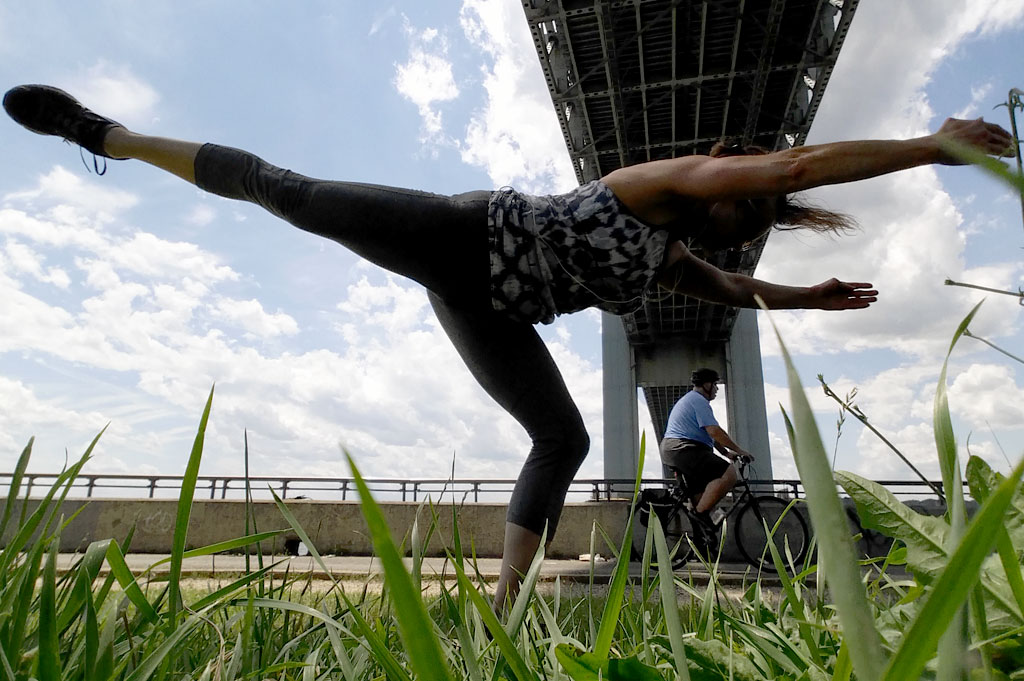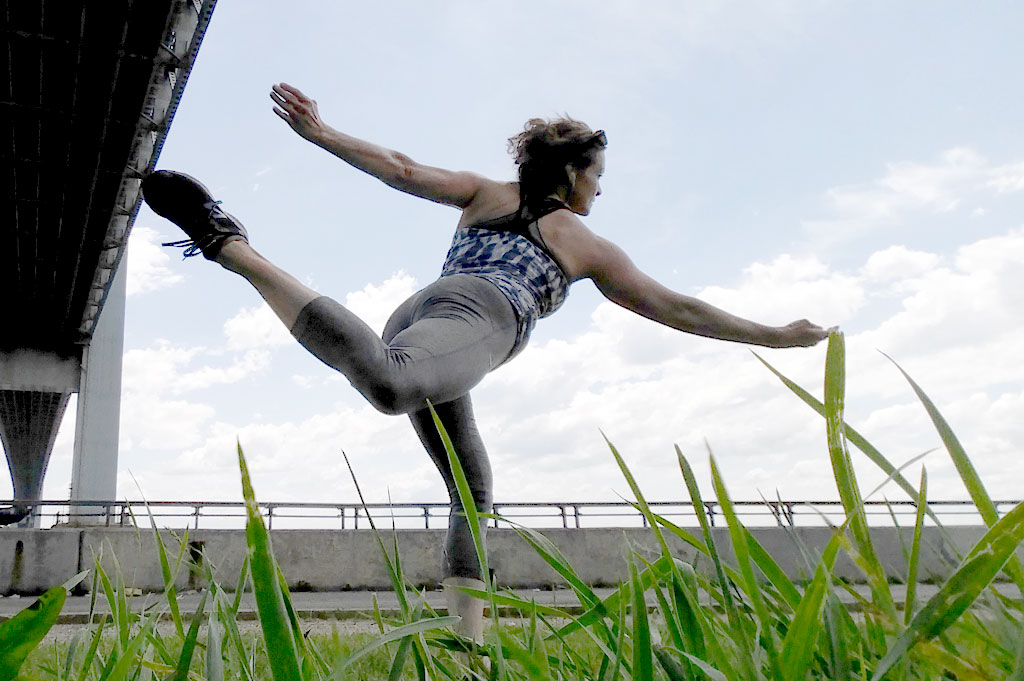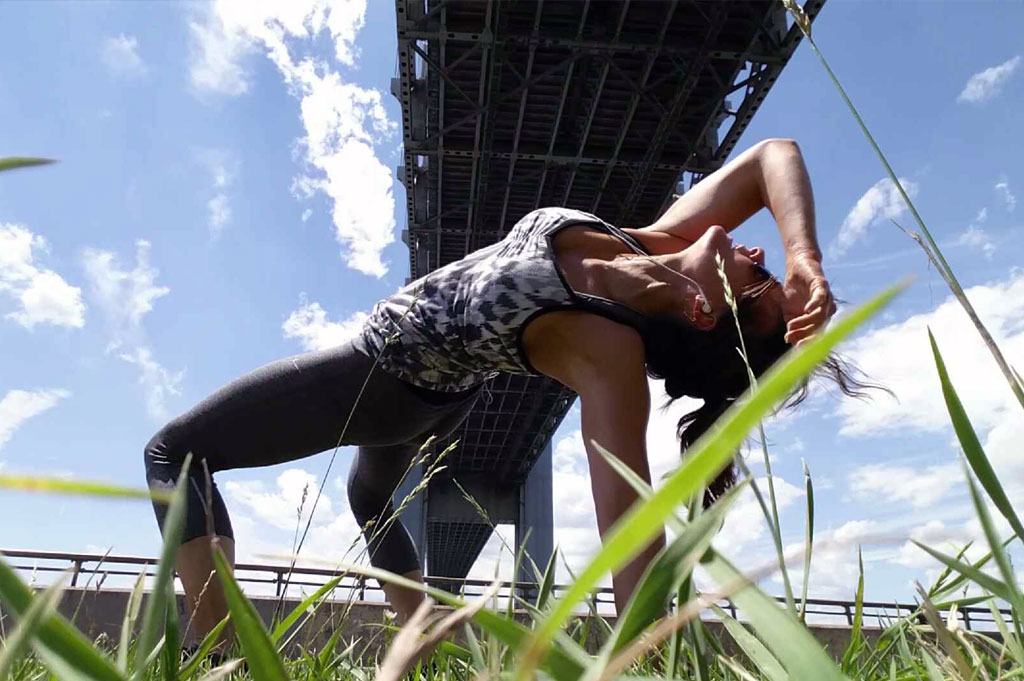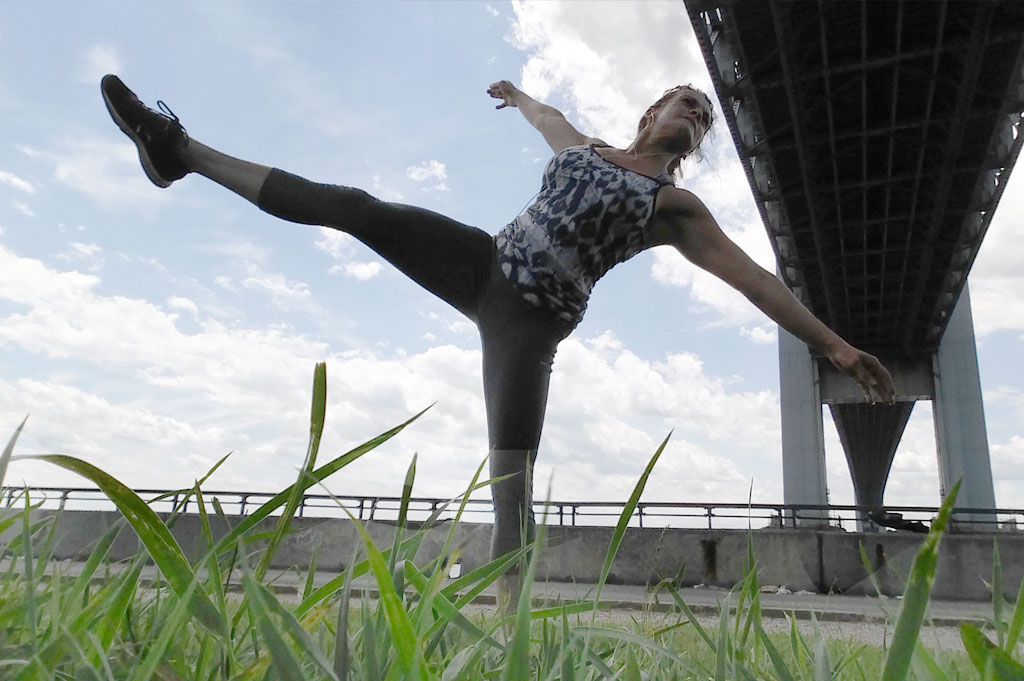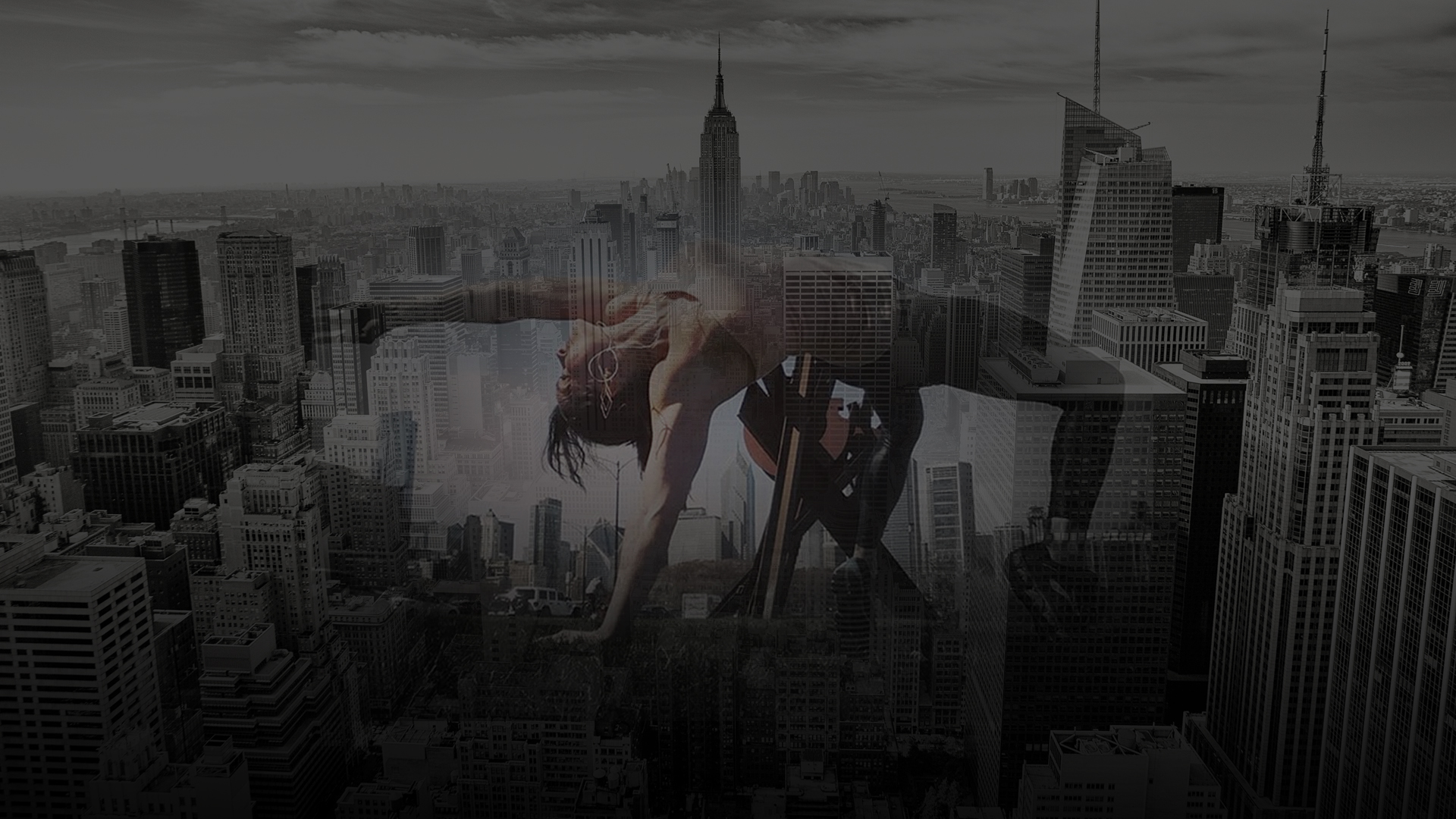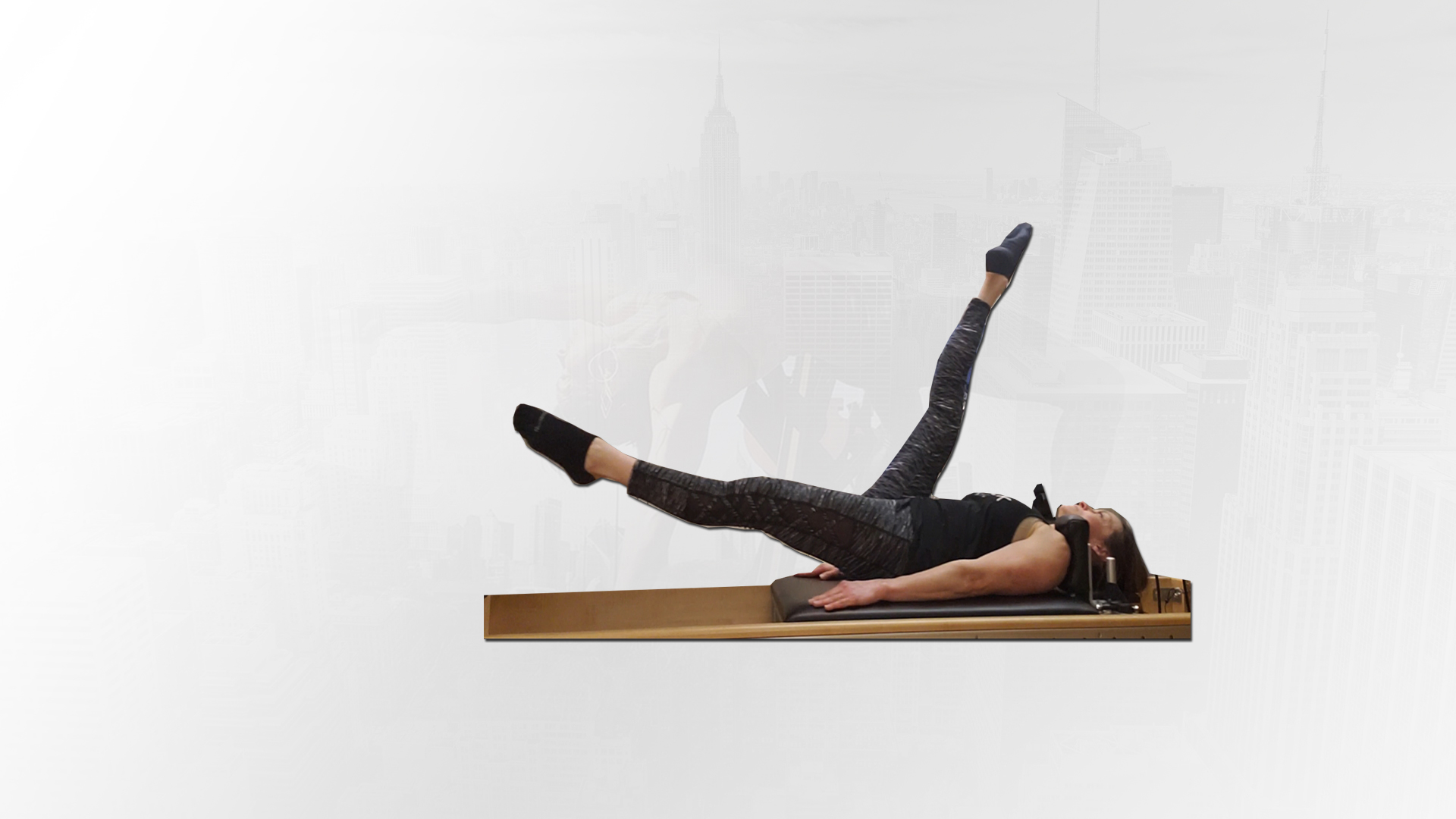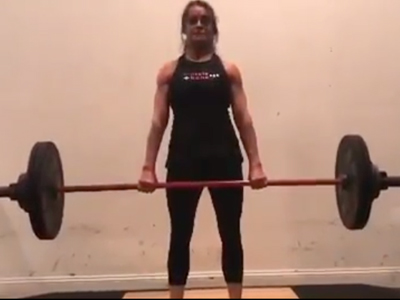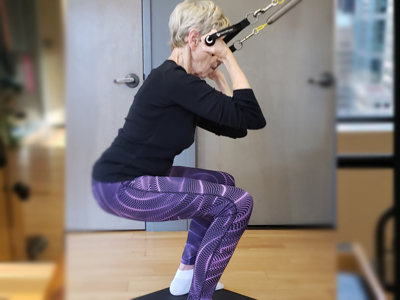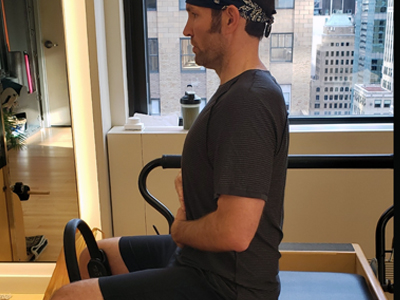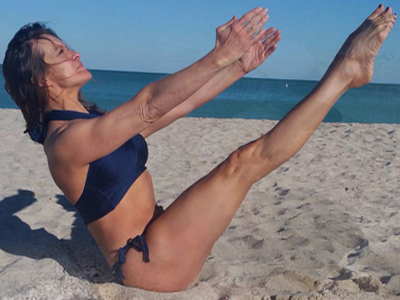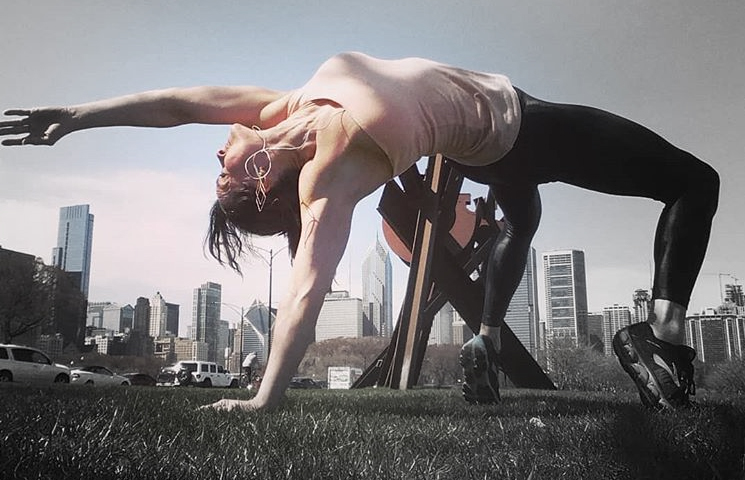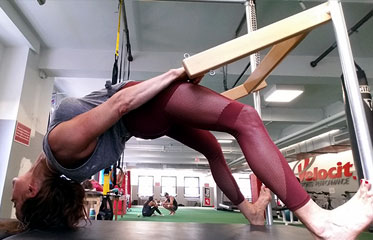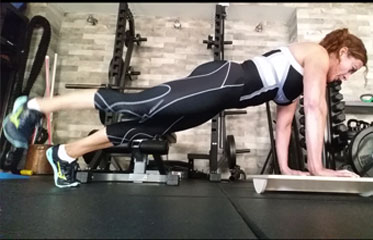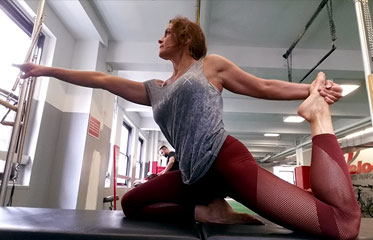Posture
One of the primary requests I receive from clients is to help them improve their posture. With the increase of technology and many of us working longer hours, a vast percentage of our population is spending a significant amount of time in a seated position, often in poor postural alignment. What exactly does this mean and how does it impact our lives? Due to the fact that there is an extensive amount of information regarding posture, I broke this blog into separate parts to make it easier to process.WHAT IS POSTURE?
Posture refers to the skeletal positioning we assume throughout the day, whether it be seated or standing. There are two types - static and dynamic. Static refers to a non-moving position, whereas dynamic refers to an active movement (e.g.walking, running or in an exercise). One of the greatest hurdles I encounter as an instructor is training my clients' posture. Over 90% of my client base has an office job and spends the majority of their day, often slouched, in front of their monitors. It's important to realize the negative impact this has on our overall health!WHY IS POSTURAL AWARENESS IMPORTANT?
I want to emphasize how significant awareness is. The more time our body spends in a certain position, the more likely our skeletal structure will assume that posture as natural. As a result, the musculature adapts to the skeletal position we live in; in essence, the relationship of our bones to each other. An example... If we bend our trunk (spine) to the right, the muscles on that side will shorten and the muscles on the left side will lengthen. Now imagine being in this posture every day? Over the course of time, the muscles will "think" this is normal. The more time our musculature spends in a fixed position, the more challenging that postural positioning will be to correct. This is where coaching and training clients and yourself to work towards improving such becomes significant. Lisa Marie Kocsis
Posture Training
- Personal Training
- Pilates
- Posture Training
Proudly servicing the New York City, Brooklyn, & Queens areas Posture & Personal Training needs.
AFFECTS ON JOINTS/MUSCULATURE/SPINE:
Regarding our joint structures, excess load occurs when muscles are not properly supporting them. When we slouch we inhibit our spinal erectors, a primary support structure for our spine, from engaging. This can result in irregular wearing of joint surfaces and can lead to joint pain, dysfunction and arthritis. Improper function of our joint structures can also contribute to limited ROM. The less we move our joints to their full capacity, the more restricted these complexes will become over time. Joints are not the only structures to be directly affected by postural positioning. Muscle tissue can become overactive or inhibited. Improper alignment of your skeletal structure can compound this problem. When you slouch, you shorten the anterior (front) aspect of your spine and trunk. This can cause compression of the vertebral discs and eventually result in possible degeneration of the structures, as well as bulging or herniated discs and sciatica. The musculature in your anterior trunk (abdominal wall, rectus abdominis [six-pack muscles] and external obliques), to name a few, becomes shortened due to the slouched position. The muscle tissue in the posterior (back) aspect of your trunk becomes elongated. The over lengthening of this musculature (spinal erectors, lats, mid-low trapezius, internal obliques) causes an increased inhibition of their ability to contract. This inhibition results in a decrease in tone and prevents the muscle tissue from being able to properly engage to support the joint structures of the spine. This contributes to many people's back pain, especially in their lower back and neck. This can compound the problem for those who suffer from headaches and migraines.AFFECTS ON CORE:
When we slouch, we inhibit our transverse abdominis (TVA/abdominal wall); this is our natural, internal weight belt muscle. Its job is to provide support to trunk structures...the rib cage, pelvis, shoulder girdle complex and viscera (internal organs). It's also supposed to assist with breathing and is engaged upon exhalation. Its ability to activate when needed is critically important to help support the spine, especially under load. Hence we now see the pertinence of proper posture and how it directly correlates to breathing and core activation. A weakened core, which is in part caused by poor posture, can have a negative impact on our balance and stability. We know our core affects our ability to stay stable, which becomes increasingly important as we age.WHAT CAUSES POOR POSTURE?
Here I briefly list the various factors that can result in poor posture.Muscle Weakness:
Earlier, I addressed how having weakness in your core and spinal erector muscles limits ability to maintain proper healthy postural alignment.Muscle Asymmetry/Imbalance:
Many of us know we're not perfectly symmetrical. Asymmetries can be caused by structural imbalances (e.g. scoliosis), an isolated injury, or by repetitive movement injuries (from industrial labor or sports such as tennis or golf). To use golf as an example... Your downswing will always be on the same side unless you consciously practice swinging the club on the right and left. The longer you continue the sport, or movement, the more exaggerated the asymmetries can result if you don't address them. This repetitive movement pattern has the potential to result in discomfort, pain and possible injury, as there's an uneven load placed upon the body. Slouching and poor posture also lead to imbalances in our core, hip and shoulder structures, and inhibit our ability to sit correctly and, therefore, affect how we move, live and feel.Improper work environment/poor habitual patterning
Due to the fact that numerous articles have been written addressing the negative impact sitting has on our posture and overall body positioning and mechanics, it's imperative that we be more aware of HOW we sit. Many people complain of pain or tightness in their neck, shoulders, upper and/or lower back. This is caused by the rounding forward of the shoulders and the collapsing of the spine in a curved position, which results in the head moving forward of the spine. The more severe the slouch, the more forward the skull will be. This increases tightness in the muscles that connect our head to our spine, and that is why we experience upper trapezius (muscle on top of the shoulders) discomfort. That muscle becomes long and tight from the increased length of the tissue. This is why I address the proper positioning of your monitor(s) and keyboard in relation to your postural positioning. Here's how I suggest my clients approach this...Sit at your desk and look directly at your monitor, making sure your eye level is at the center of your screen, then assess - are you slouching? Next, close your eyes and sit in the best neutral spine position you can assume. The best place to start is to sit directly on top of your SITS bones. These are the bony landmarks in each of your butt cheeks. When you open your eyes are they still in line with the center of your screen or are they now higher up? If they are higher, you need to adjust the level of the screen so that it coincides with the best possible posture for your body. If the center of the screen is too low, it will inevitably force you to sit in a slouched position. You may also need to adjust the level of your seat or keyboard.
A few other factors that contribute to poor postural habits are obesity, stress, decreased flexibility and pregnancy. Excess weight, especially around the mid-section, can weaken the core structure and hence minimize the ability to engage the core to support the trunk and spine. Stress is often manifested in our upper trapezius musculature. When we are stressed out, the shoulders are pulled upwards towards the ears by this muscle. This causes excess tension in the neck and can pull the head forward and cause rounding of the shoulders and spine.
Decreased flexibility in your hamstrings and/or hip flexors can cause the pelvis to be pulled into a tucked position. This causes the lumbar spine to collapse into a rounded posture and places more load on the spinal joints and sacrum, compromising the integrity of the entire structure. This is why it's very important to stretch your hamstrings and hip flexors if you spend a significant amount of time in a seated position.
Pregnancy has a significant effect on postural alignment, and it can be more impactful as the pregnancy continues. While pregnancy is a seperate topic entirely, I thought it pertinent to address it because of its relevancy to posture. As the fetus continues to grow in size, the increase in weight places additional stress and load on the spinal structure, and causes the abdominal musculature to expand in length, making it harder to engage to support the trunk.
Lisa Marie Kocsis Personal Trainer | Health & Fitness (917) 371.6333
Certified Animal Flow Instructor
"We have one body for life and must respect it.
Exercise and consumption of quality nutrients are the keys to vibrancy!"


